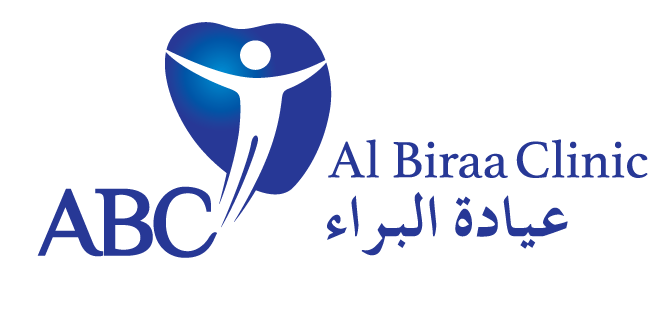I got a head pricks for my Thinning hair & this is what happened
My hair started falling out in my early 20s. It was sudden and dramatic. One day, my brush resembled, well, a brush, and the next, it looked more like a Lhasa Apso. The shedding itself didn’t bother me. But after a few months, when I noticed my part widening and my ponytail shrinking, panic set in.
What I Tried Next
My dermatologist ran blood tests to rule out typical hair-loss culprits, like hypothyroidism and anemia. When the results came back normal, I was given the diagnosis of mild Female Pattern Hair Loss (FPHL). Essentially, this meant my hair follicles were shrinking, causing the hair to fall out faster and grow back finer and shorter. Surprisingly common, the condition affects roughly 30 million adult women and it can start anytime from your 20s to 60s. I used different treatments without significant improvements.
By my 30s, I’d all but given up, resigning myself to a life of some hair products just to feel better. Last summer a dermatologist recommended me a treatment becoming more popular in recent years. “You should try PRP; it really gives good results,” she said.
A PRP!!!
So what exactly is PRP? “It stands for ‘platelet-rich plasma’,” explained by the professionals. PRP is a safer and more effective way to rebuild body tissue because the platelets are derived from the patient’s own blood, and the procedure utilizes the body’s own healing abilities. Harnessing the power of the human body is where a lot of the promise of the future of medicine is. Up to this point, we’ve relied mostly on drugs.”
The treatment was pretty straightforward. PRP involves drawing a small amount of the patient’s own blood. It is then spun at very high speed (centrifuged) to separate the plasma and platelets from the rest of the blood and injected into the scalp in the areas when the hair is thin.
The treatment takes less than 20 – 40 minutes since the injected substance is taken from your own body it is considered very safe, the main risk is an infection at the injection sites which is very rare particularly if done by the trained professional. For an optimal outcome, at least three sessions are recommended.
Let’s Do This
The doctor informed me he’d be taking my blood. For someone who gets queasy at the sight of a paper cut, this was not welcome news. Thankfully, the professional, an expert friendly talker, chattily steered away my attention until it was all over. Afterwards, he injected on my scalp.
Weeks later I noticed less hair shedding after a shower than usual. On my next appointment, the doctor noticed patches of baby hairs had sprouted some areas of my head. He was happy with the improvement but reminded me that I need 2 more sessions for sustainable optimum results. I realized I’d given hair loss my best fight and I feel eventually I’m making good progress.
Other benefits of PRP
The most common conditions for PRP therapy include:
Wrinkles all around the face and hands, Nasolabial grooves, dark circle under eyes, Loose and saggy skin, acne scars, pore, skin rejuvenation and hair loss.
Who is Hair PRP therapy for? – (Candidate for PRP)
According to the professionals, PRP therapy is effective in treating pattern baldness, receding hairlines and thinning of the hairs. PRP therapy is available for both male andfemale hair losswhich usually done at Aesthetic clinics. Although, there is no known extra complication in pregnant women the PRP is not approved for them.
What are the side effects?
PRP is a 100% natural treatment for skin regeneration. Some people may experience Local inflammation, Bruises, or Pain during the procedures which resolved soon after the procedure
Do’s & Don’t’s before and after PRP treatment:
- Do not touch, press, rub or manipulate the treated area(s) for at least 8 hours after your treatment.
- Avoid Aspirin, ibuprofen, Vitamin A, Vitamin E, Gingko Biloba, for at least 1 week prior to and 2 weeks after your treatment
- It is normal to experience bruising, redness, itching, swellness, and/or soreness that may last from 2-5 days following your procedure.
- Avoid Saunas, steam rooms, swimming for 2 days following your procedure.
- Avoid vigorous exercise, sun and heat exposure for at least 2 days after your treatment.
- Continue increased water intake the first week after your treatment.
- Do not wet your hair for at least 3 hours after your treatment.
- For the first 3 days, use a shampoo that is PH balanced.
- Avoid resuming Minoxidil or hair colour or straightening for 3 days after your treatment



